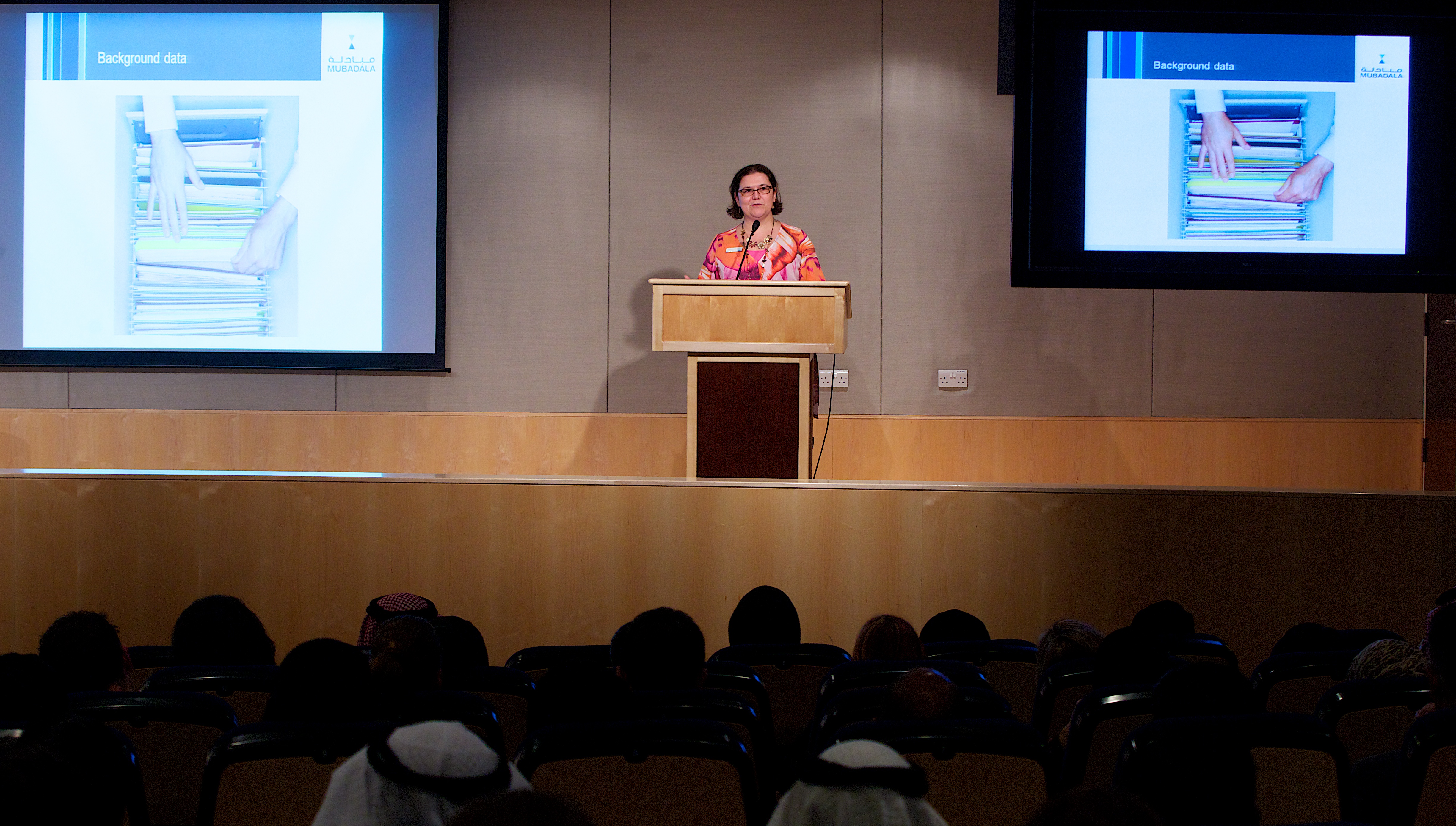Back in 1996-98, I was working at the France HQ of Philips Consumer Products, supporting the HR managers of our factories with labour law issues and updates in France, participating to compensation surveys and generally dealing with Industrial Relations and pay and benefits discussions with the trade unions and French and European Works Councils.
Background
At the time, Philips was entering a massive reorganisation phase and we received requests to reduce headcount at the plants producing products that were about to die and not be replaced. This involved Reductions In Force (RIF).
RIFs are normally supervised by a representative of the Ministry of Labour at the local level. This “Labour Inspector” (“inspecteur du travail”) ensures, through interaction with the HR manager, that the company is following the law during this difficult moment for both the employees and the company.
My job was :
- to design, structure and then write the redundancy scheme presented to the trade unions and works council to ensure maximum tax effectiveness for the company and minimise, as much as possible, the financial impact on the employees,
- to fill in the legal documentation required by the unemployment authorities,
- to perform the collective and individual cost simulations,
- and generally speaking to prepare all the arguments that the HR manager would use in the negotiations.
The head and hands
Now, in a small city, when a large employer like Philips lets go of a few hundred people or more, this has serious repercussions not just for the employees and their families, but for the whole local economy. It becomes a much larger event than if this happened in a very large labour pool.
At this point, the HR manager is not the only to get involved with the labour inspector. The country HR Director (my boss) had a prominent role to play.
He would go and meet one of the deputies from the Minister of Labour to explain to him what our plan was, how we intended to minimise socio-economic disruption in the local area etc.
He would also bring me with him, and once the strategic talk and the “political” negotiation was getting to about its middle, I would get into a technical discussion with the deputy’s aide to make sure we set expectations appropriately and really understood each other. Once the specialised discussion was over and both my boss and the deputy Minister felt we were in agreement, they resumed the strategic conversation and eventually closed the negotiation.
By ensuring that both the heads (the senior guys) and the hands (my counterpart and I) were involved in the negotiation at the same time, this approach ensured comprehensive understanding, avoided surprises down the road, saved time at the local level, and helped smooth the negotiations at the local level.
How can you apply this to your job in Compensation & Benefits ?
Well, for a start, every time you are requesting some information from your subsidiaries or Divisions, make sure to present not only the objective and strategy of the request (the head), but also to have someone from your team meet the person who will actually produce the data for you (the hands). By investing a little time to answer this person’s questions, you will get better information faster back to you – and probably will have to spend less time performing quality checks and chasing data.
Another application of this approach is when you present new compensation or benefits programs. You want to cover the high level, positive impact of the proposal on the company (the head) and the nitty-gritty of the explanations of “what’s in it for me” for them as individuals (the hands) to ensure you get the buy-on from your audience.
When your top leadership receives requests from governmental agencies or other administrative bodies (the head), you want to make sure that you the HR or Compensation manager (the hands) are in contact with your counterpart in the agency to understand their exact requirements. This way you make sure that you provide them with what they really need, you don’t waste time – theirs or yours – by having to redo the work, and you accelerate any decision-making process on their end.
Always remember that if only the heads speak but the hands are not involved and don’t act together with the head, there will be no result because nothing gets done. And if only the hands work, there will be little to no result because the head won’t bring it to the next level. So make sure that you strategic views are supported by data, and that your information and data serves a higher purpose which is communicated to the stakeholders.
Liked what you read ? Then share the post with your peers on LinkedIn, Twitter or Facebook !
Related posts :


Ahhhhh….very good post….indeed if managers involve their subordinate they will empower them…and make the team more efficient…which will …..I could talk for hours about this…Love the post…Kiki 🙂
Yes. It all starts by making sure that all parties that need to get involved have access to the information and people required. The head alone can’t produce results, and the hands alone can’t produce something that will get buy-in and fits the appropriate needs.